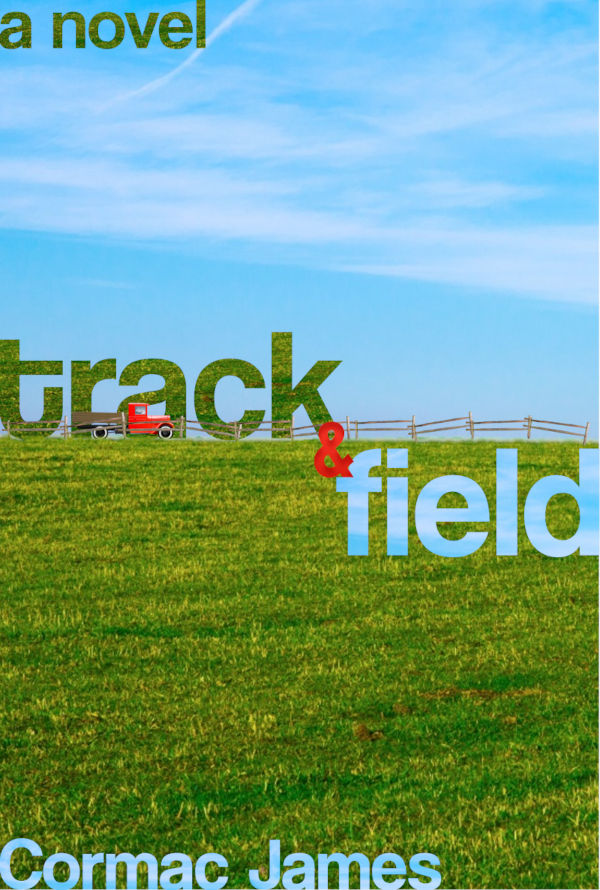
Track & Field
The last days of the Irish Civil War. At dawn, three men load their brother’s coffin onto a truck and begin the long journey home to bury him. Their journey carries them into a sequence of seemingly inevitable trials – blown bridges, hostile locals, roadblocks, a ferry across a river in the dusk. At each encounter, the tension mounts. Night falls. To reach their destination, they must travel ever deeper into a lawless world, towards the coincidence of darkness, chaos, and violence.
“There’s something Homeric in Track and Field, or perhaps it’s the influence of Celtic myths. The three men bringing their dead kinsman home, the ineffably long and difficult journey, the series of confrontations with monsters in a lawless world, then this coincidence of chaotic darkness and dishonourable, sullying violence. When the bright morning comes, the brothers … find their regeneration … and the disgrace of the previous day is washed away. They are nearly home among their own people. The mythic elation of these last scenes is pure joy to read.”
— Robert Farren. The Sunday Independent
“It was about a mile after that we saw the fire. At first it seemed very far off, like something adrift in the night. It was an old station hotel on a small square on the edge of town. The blaze had hollowed out a little nest for itself in the night, and all around, basking in its glory, stood life-size figures cast in solid bronze. As we approached we slowed to a crawl to watch. Sheets and clothes were hanging out half the windows as if to dry, and a sheet of water was pouring out the front door like water over a weir. The road was covered with pots and teapots, hats and boots, empty wooden boxes, picture frames, lengths of lead pipe, and as we drew near you could hear them go under the wheels one by one. A young woman stood at the side door, solid bronze like all the rest. From up on the roof, the gutters were dripping down around her in globs like rain.”
